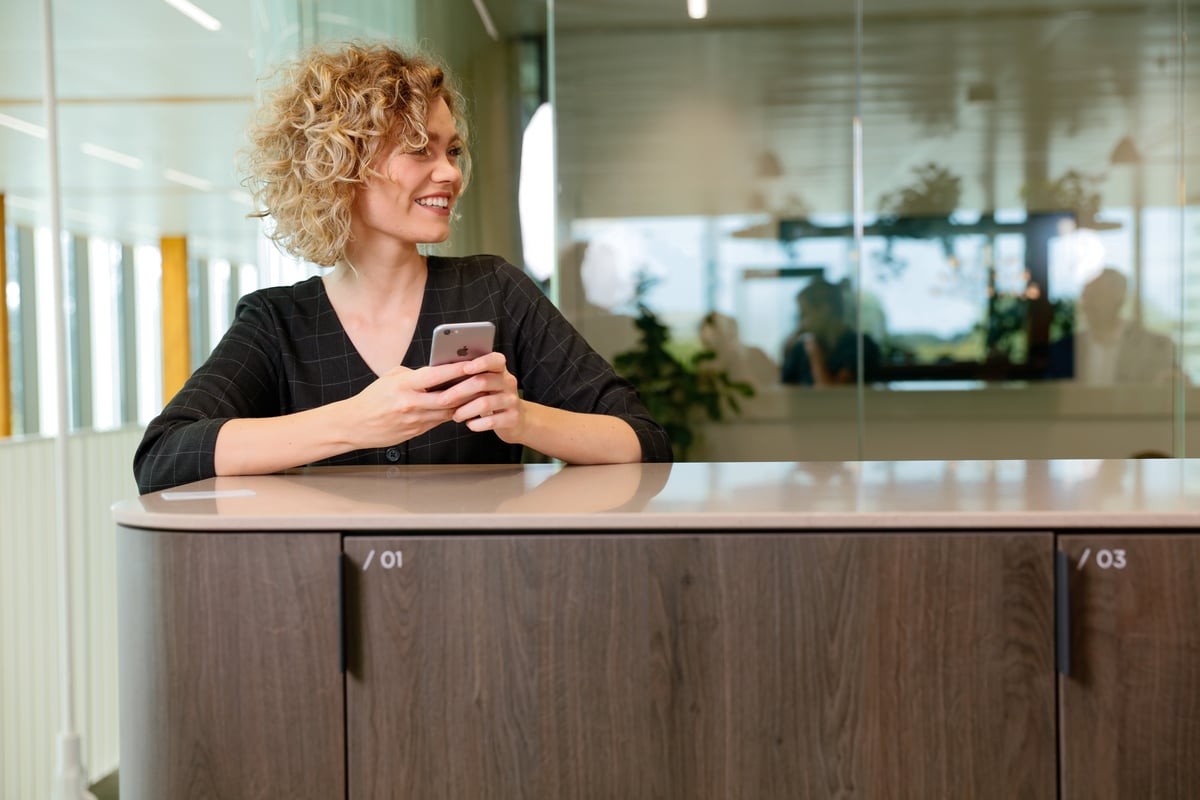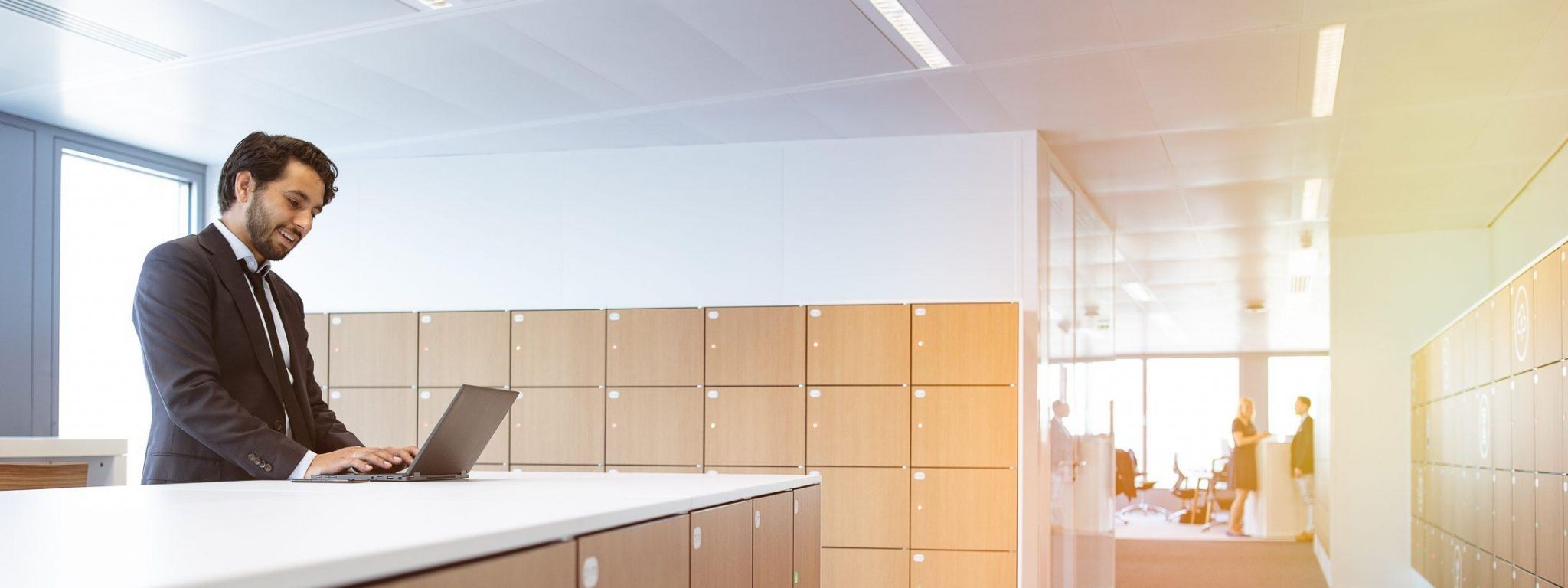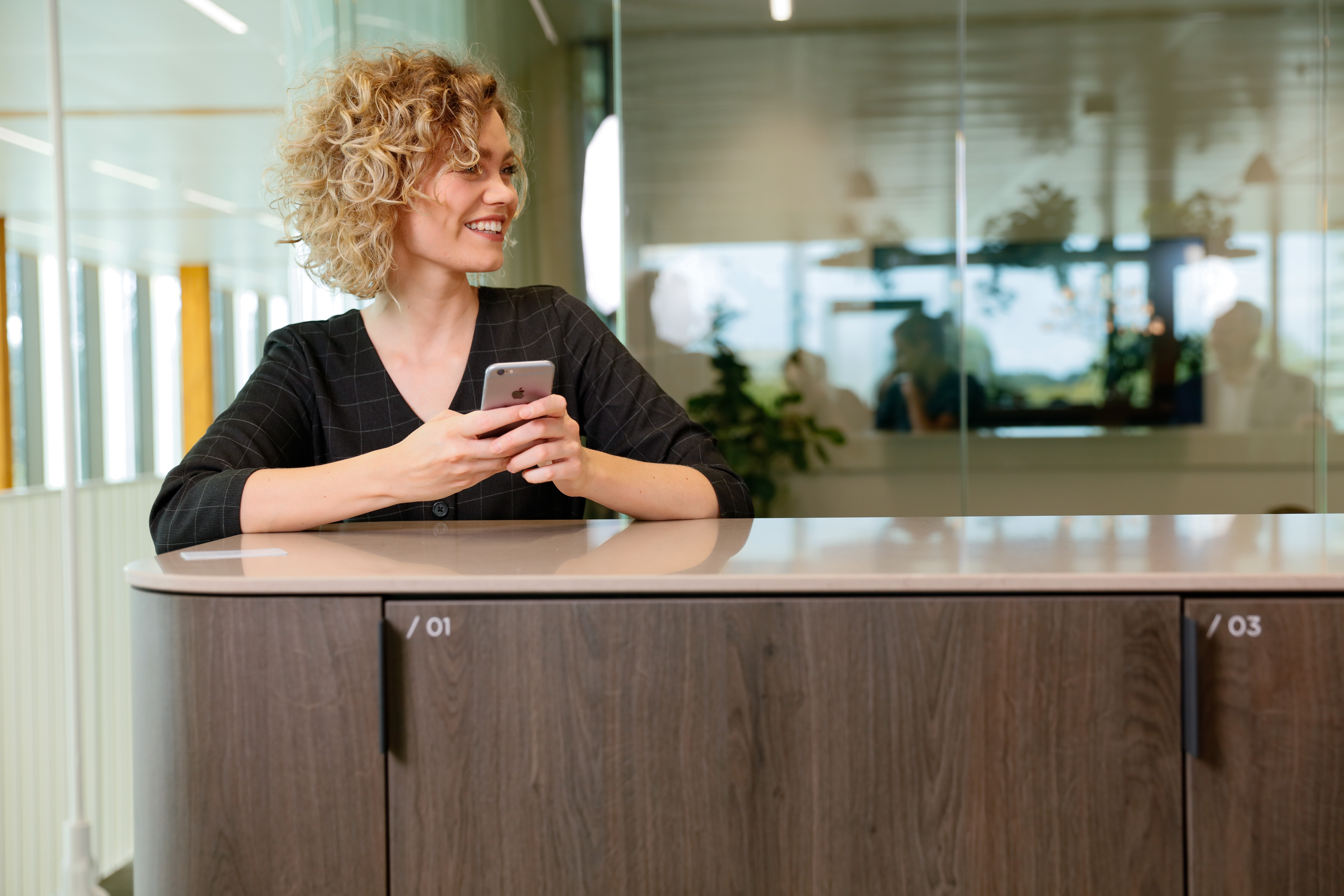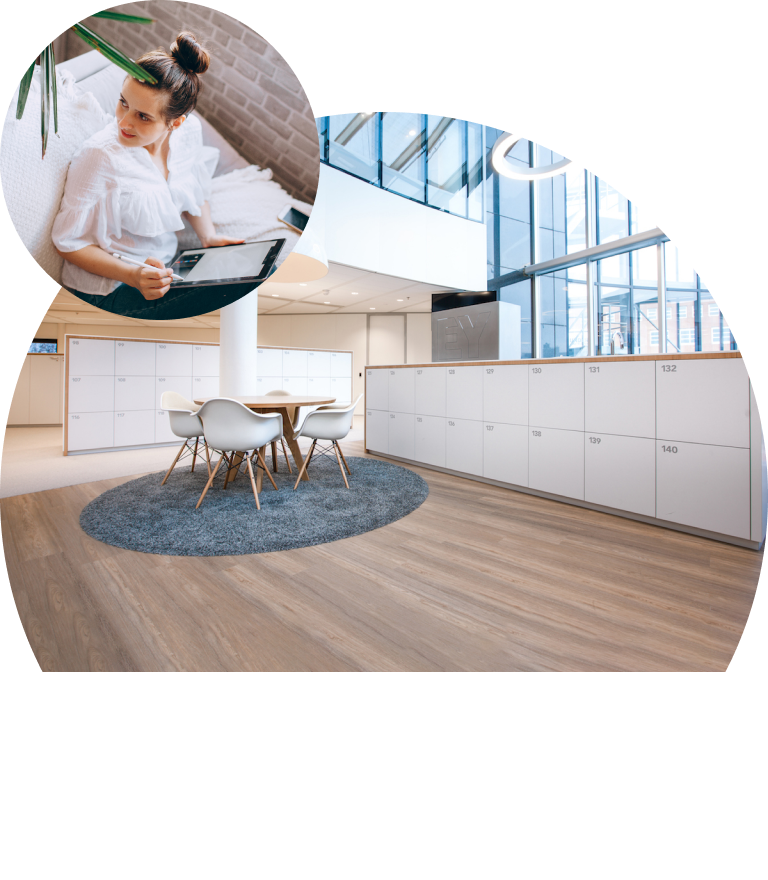When your organization is implementing a new workplace strategy, there is a big chance that this is a flexible, or activity based workplace strategy. These working styles have become extremely popular in the past years and can bring many benefits to the organization such as increased productivity and efficient use of space. Leesman does worldwide research in this field and recently published the second part of their research "The Workplace Experience Revolution" in which they investigate whether and how new workplace strategies work. In this article we share the most important results.
The research is based on the database of Leesman which consists of more than 550,000 respondents working in 4,000 different workplaces. Of these organizations, no less than 533 organizations have recently completed a change process. The study found that, although most workplace change processes are successful, a significant number of change programs still end with mediocre results.
Leesman found that new workplaces generally succeed in bringing people together and supporting interaction but continue to fall well short of what should be expected when it comes to supporting individual and concentrative tasks. While designing your new workplace, think carefully about the purpose that the various workplaces should ultimately serve.
1. Flexible workplace most effective for employees with high role complexity
In addition, it emerged that new workplaces provide the greatest improvements for people whose work has a higher complexity. High role complexity means that these employees perform many different tasks that do not all require the same work location (e.g. a variation in project teams, both working together and individually). It is this group that has the most to gain when there is more variation in the workplaces in the office.
However, it is worth mentioning that this profile group with a higher role complexity represents only 38% of employees worldwide. So always keep in mind that your employees differ from each other and that all employees must experience a positive workplace experience.

2. A good employee experience as part of your workplace strategy
From the employee's perspective, the workplace experience is influenced by three facets:
- Who are you (e.g. how long have you been working for the company)
- What do you do (how many tasks do you have and how complex are they?)
- Where do you do this work (at a fixed location, or mobile).
Someone who has been working in the company for a long time has often more difficulty with a major change compared to an employee who recently started. An employee who has a nice fixed desk will not immediately see the utility of a new workplace strategy. In the end you want to create support for the new workplace from all employees.
While developing a new workplace strategy, it is important to engage with the diversity of employees that your company knows. Do you foresee that for certain employees there will be no significant changes to their workplace? For example, because they work in a fixed workplace and will continue to do so in the new strategy. Then look for small elements that ensure that these employees also feel that something is improving and that they are taken care off. Are you curious about what other expectations employees have about their workplace? Read more about it here.
3. Make sure you think of all employees in your new workplace strategy
The main challenge organizations face is to get this alignment and persona profiling right. What do employees’ roles really look like, and how many of each persona type exist within a single workplace population? Once these groups are understood, then their distribution between business parts must be analyzed and accommodations sized appropriately.
This step is crucial for the success of the project, here it goes wrong for many companies. So make sure that before you switch to the actual design of your new office, you have done thorough research into the needs of (all) your employees. However, it is clear that very rarely does one solution fit all.
When employees move around the office more often, this creates new logistical challenges. For example, employees normally have fixed lockers, which makes working at a different location in the office a lot less obvious. Vecos offers a solution for this: the smart locker management software Releezme. With this software you facilitate the employee to be able to choose any workplace in the building and to always use a nearby locker. The implementation of the right technologies reinforces your workplace strategy and ensures that your company is future proof.
Source: Leesman - The Workplace Experience Revolution




